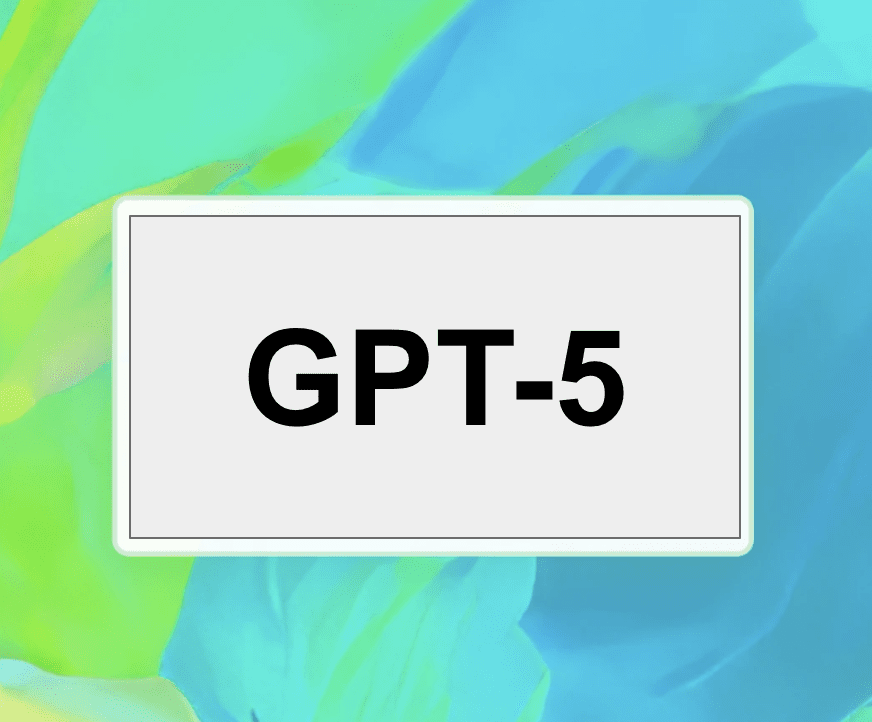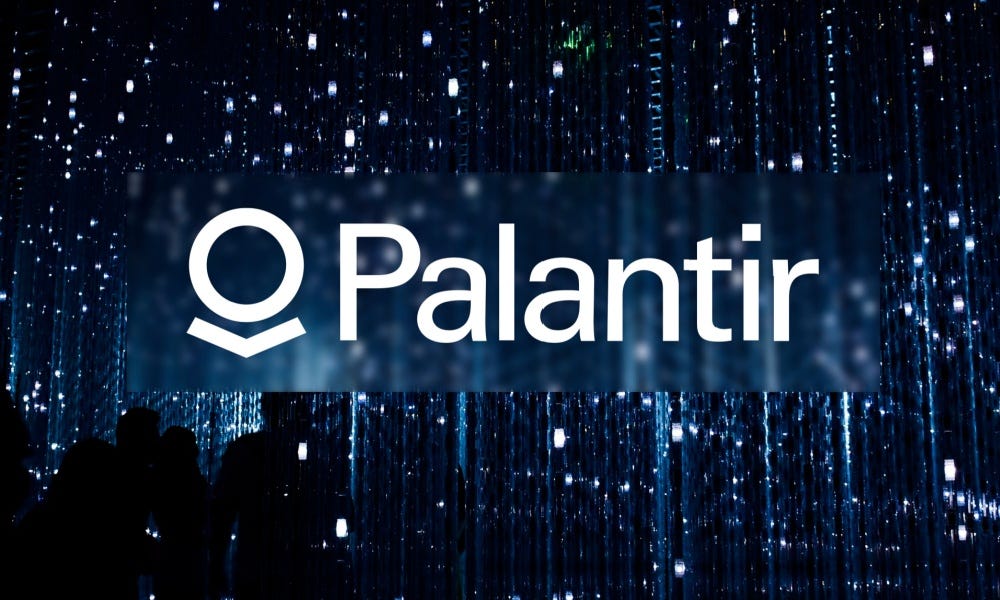
Introduction: The Importance of GPT-5
As artificial intelligence continues to evolve rapidly, the anticipation surrounding the release of GPT-5 is palpable. Developed by OpenAI, GPT (Generative Pre-trained Transformer) models have set new benchmarks in natural language processing and machine learning. The ongoing advancements in AI technology are vital, not just for tech enthusiasts, but for businesses, educators, and individuals seeking to leverage AI for everyday tasks. Understanding the significance of GPT-5 and its expected innovations is crucial for staying ahead in an increasingly digital world.
What We Know About GPT-5
While OpenAI has not yet published the official release date for GPT-5, speculation abounds regarding its features and improvements over GPT-4. Industry insiders suggest that GPT-5 will integrate improved contextual understanding and reasoning capabilities, which will enhance its ability to generate more coherent and contextually relevant text. Reports indicate that GPT-5 may utilise advanced algorithms for better comprehension of user queries, leading to more nuanced and thoughtful responses.
One of the most exciting anticipations is the potential increase in the model’s scale. Following the trend set by its predecessors, GPT-5 is likely to have a more extensive training dataset and a larger neural network architecture, contributing to even richer language performance. Additionally, early tests have hinted at better handling of ambiguous queries and more robust fact-checking abilities, which could address previous criticisms regarding misinformation in AI-generated content.
Transformative Impacts of GPT-5
The implications of GPT-5 extend across various sectors. In education, the model can offer enhanced tutoring systems that adapt to individual learning speeds and styles, providing tailored support. Businesses might leverage GPT-5 for improved customer service chatbots, automating responses that feel more human-like and engaging. Furthermore, creative industries are expected to benefit from collaborative AI tools that can assist writers, marketers, and designers in brainstorming and content creation.
Moreover, the ethical discourse surrounding AI is likely to gain momentum as GPT-5 is poised to enter the market. OpenAI faces the ongoing challenge of ensuring that its tools are used responsibly and that safeguards are in place to prevent misuse. As AI capabilities grow, so too does the importance of fostering a dialogue about transparency and ethical considerations.
Conclusion: The Path Ahead
GPT-5 represents a significant step forward in artificial intelligence technology, with the potential to change how we interact with machines and information. As organisations and individuals prepare for its arrival, the overall landscape of AI applications is about to shift dramatically. Those who stay informed about these developments will be better equipped to utilise these advanced tools effectively and ethically. In this fast-paced digital era, the anticipation of GPT-5 encapsulates not only the promise of technical advancement but also the responsibility we bear in shaping the future of AI.
You may also like

The Impact of Snapdragon Processors on Mobile Technology

Understanding Copilot AI and Its Impact on Productivity
